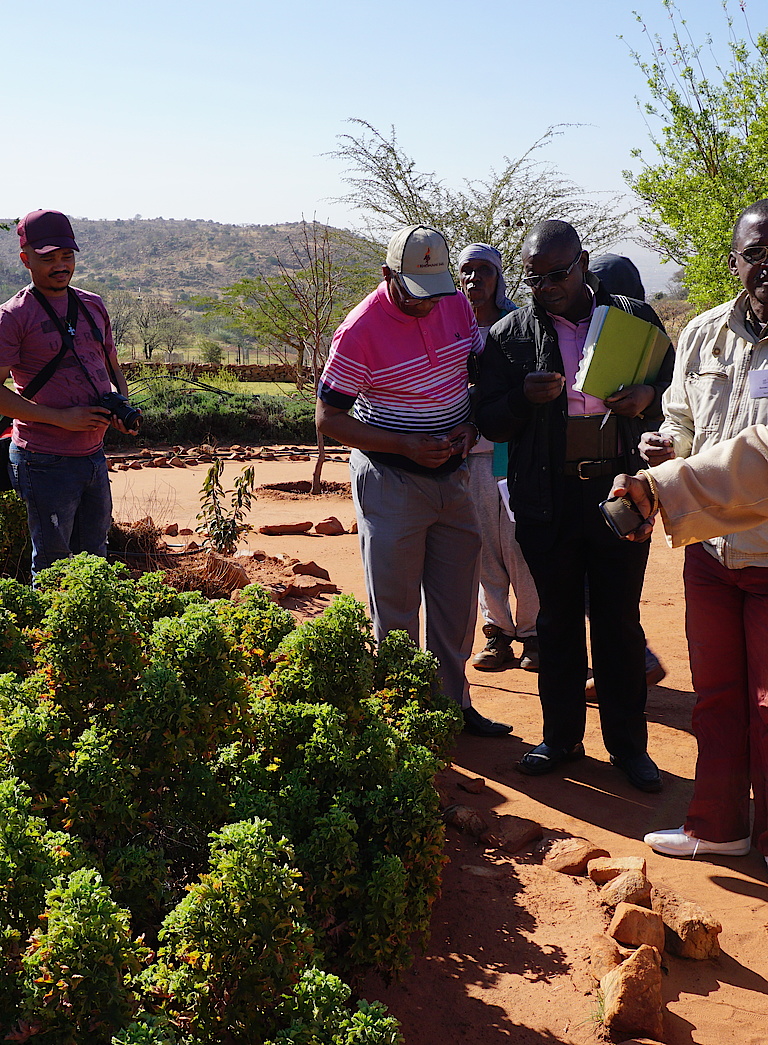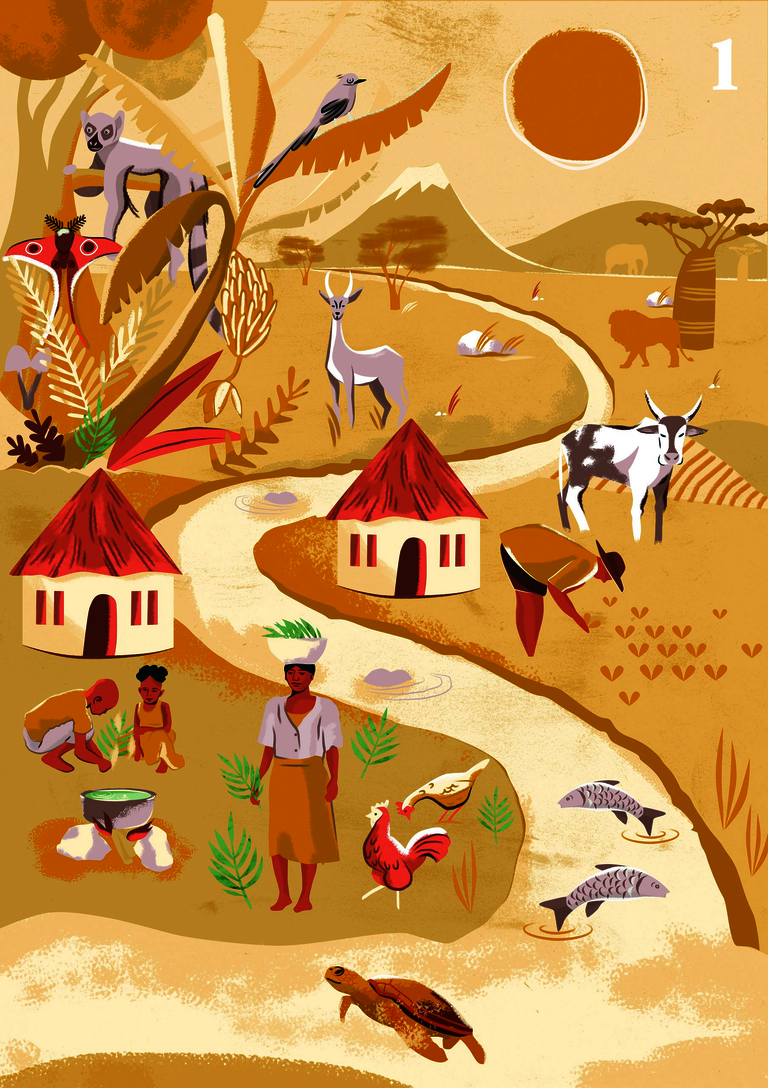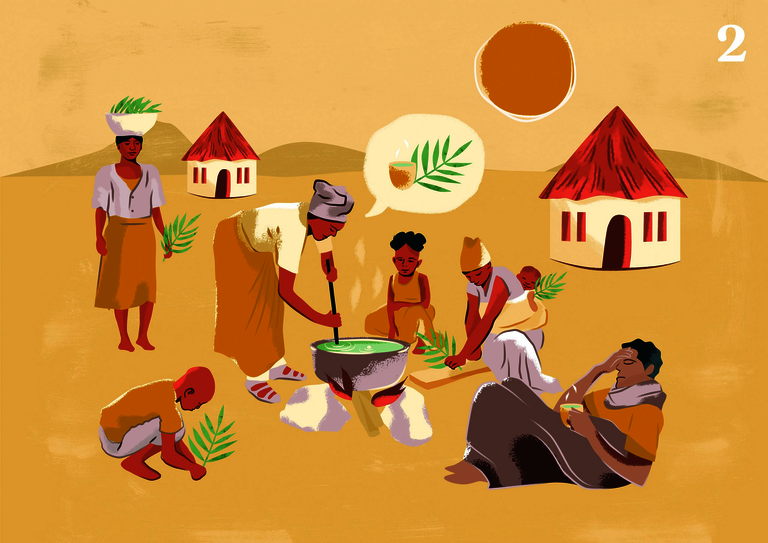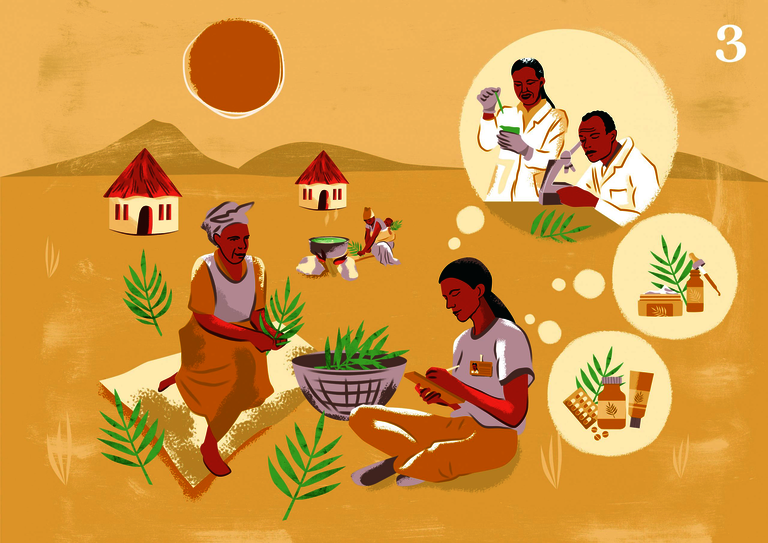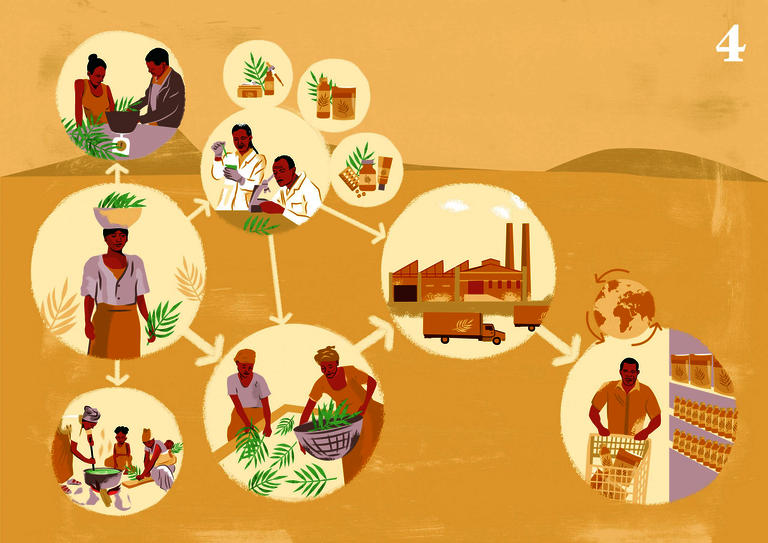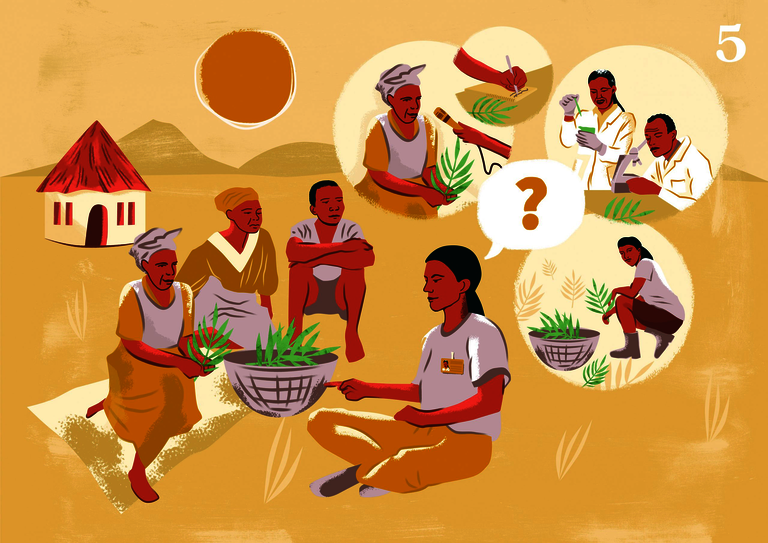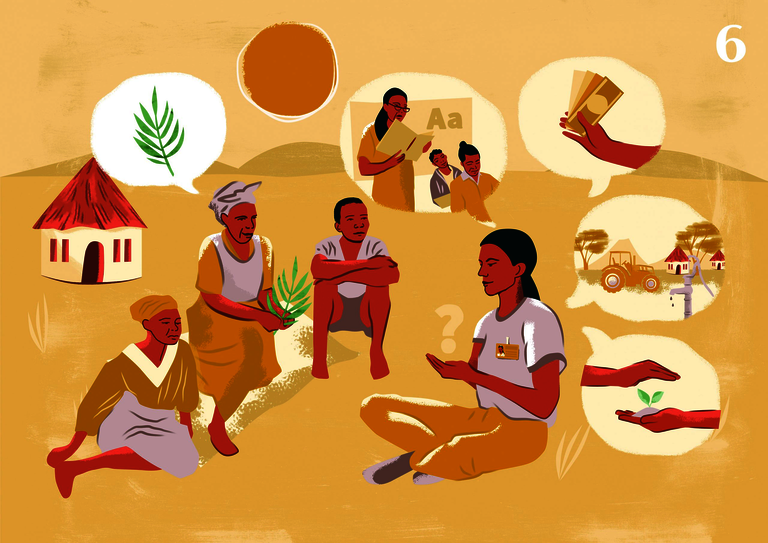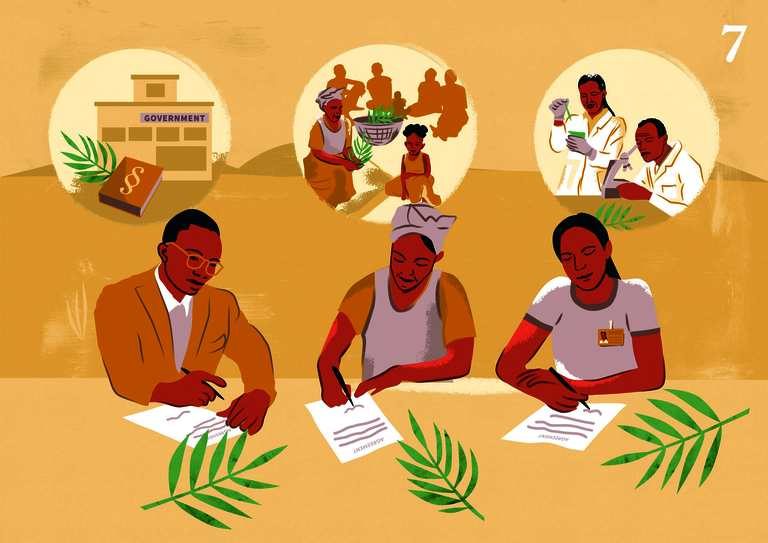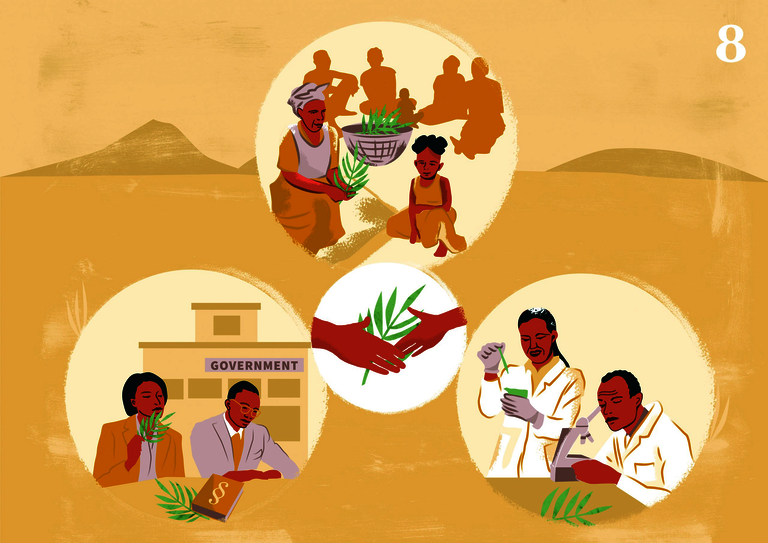The co-evolution of biological and cultural systems has produced a wealth of traditional knowledge that is inseparably linked to genetic resources. This knowledge is at the heart of biodiversity conservation and its sustainable use across the world in all areas that are managed by indigenous peoples and local communities (IPLCs). Furthermore, traditional knowledge is often a precursor to the wider use of these genetic resources and the subsequent exploitation of their specific properties for commercial ends.
Traditional Knowledge in the CBD and the Nagoya Protocol
The Nagoya Protocol is the first legally binding international agreement that grants IPLCs rights over traditional knowledge and genetic resources: It stipulates that their “prior and informed consent or approval and involvement” is obtained and “mutually agreed terms” are established before accessing their knowledge or – where national law allows it – related genetic resources.
The Nagoya Protocol makes reference to Article 8j of the CBD, which lays out that Parties shall promote the “wider application” of traditional knowledge “with the approval and involvement of the holders of such knowledge, innovations and practices and encourage the equitable sharing of the benefits arising from the utilization (…)”. As an orientation how these provisions can be implemented, the Parties to the CBD adopted the Mo’otz Kuxtal Guidelines in 2016. They provide “mechanisms, legislation or other appropriate initiatives for prior informed consent or approval and involvement of indigenous peoples and local communities and for fair and equitable benefit-sharing as well as guidelines for the reporting and prevention of unlawful appropriation”.
In the context of the CBD and ABS, traditional knowledge bears great potential for its holders to become part of research and development processes and benefit from value chains based on related biodiversity. However, many cases of misappropriation happened in the past and therefore traditional knowledge holders often hesitate to grant access to their knowledge and consent to its utilization. They worry that users may claim intellectual property rights over a community’s traditional knowledge once it has been shared. The discussion around how traditional knowledge can be documented, used and protected is therefore an important one. The successful and wide sharing and application of traditional knowledge will strongly depend on a sound IPR system for this particular type of knowledge. Many countries have started developing laws to protect traditional knowledge, but an international system in this regard is still missing.
Other international processes and instruments relevant to traditional knowledge
The World Intellectual Property Organization (WIPO)’s Intergovernmental Committee on Intellectual Property and Genetic Resources, Traditional Knowledge and Folklore (IGC) process undertakes text-based negotiations to finalize an agreement on (an) international legal instrument(s) for the protection of traditional knowledge (TK), traditional cultural expressions (TCEs) and genetic resources (GRs).
The Swakopmund Protocol on the Protection of Traditional Knowledge and Expressions of Folklore was adopted in 2010 by the Member States of the African Regional Intellectual Property Organization (ARIPO) and currently has eight Parties. It is an example of a regional approach to protecting traditional knowledge under a sui generis legal instrument. Responding to the fact that traditional knowledge is very often held in more than one country, it allows knowledge holders to register transboundary traditional knowledge with ARIPO and to receive a share of benefits when it is used.
The United Nations Declaration on the Rights of Indigenous Peoples (UNDRIP), adopted by the General Assembly in 2007, is a non-binding instrument that acknowledges, inter alia, indigenous peoples’ rights to self-determination, lands, resources and traditional knowledge, as well as participation in decision-making. Many of these rights and principles are reflected in the provisions of the Nagoya Protocol.
In 2018, the United Nations Declaration on the Rights of Peasants and Other People Working in Rural Areas (UNDROP), was adopted, strengthening peasants’ and farmers’ rights as they are recognized in the FAO Plant Treaty (ITPGRFA), the Convention on Biological Diversity and other international agreements. Among others, the UNDROP reaffirms peasants’ rights to biodiversity and seeds, as well as to benefit-sharing from their utilization, underlining their crucial role in the development, preservation and management of agricultural biodiversity.
Local Providers
Indigenous peoples and local communities (IPLC), the local providers of traditional knowledge and genetic resources, face many challenges, with social marginalization based on culture and language being the most prominent. They often struggle with recognition of their status and rights. From within this position, negotiating with government and private sector representatives for fair and equitable benefit sharing is a challenge. It is therefore essential that they stand on equal footing with their counterparts.
This is all the more important as local small- and large-scale enterprises can contribute to conserving biodiversity and improving livelihoods if they are integrated into value chains based on ABS principles.
The ABS Capacity Development Initiative – in collaboration with its partner organization Natural Justice - supports IPLCs by enhancing their capacity to play an active role in ABS, respond to requests for access to their genetic resources and associated traditional knowledge and prepare for negotiations with users.
Community protocols, or biocultural community protocols (BCPs), are an important tool for IPLCs to get organized for their participation in ABS, e.g. through negotiations with users or making contributions to the development of ABS frameworks.
For BioInnovation Africa and ABS-compliant Biotrade in South(ern) Africa, IPLCs are key players in the supported value chains as the holders of traditional knowledge and custodians, and in some cases also owners, of the related genetic resources.
Community Protocols
Under Access and Benefit Sharing (ABS) modelled by the 3rd objective of the CBD and the Nagoya Protocol regulations, an enterprise or a researcher must request access approval from the provider of the genetic resource or traditional knowledge they are interested in before starting to work on it. In return, the provider is guaranteed a share of the benefits generated by that work. Prior Informed Consent (PIC) and Mutually Agreed Terms (MAT) are the basis for a fair and equitable partnership between users and providers of genetic resources.
IPLCs are recognized as providers of traditional knowledge in most ABS regulatory frameworks, and in many cases, they also have the right to related genetic resources and can thus enter into ABS agreements with users of that knowledge or resources.
Before entering into agreements, however, communities must be aware of their rights deriving from customary, national and international laws and policies. The Nagoya Protocol recognizes community protocols (or biocultural community protocols/BCPs) as an instrument that can support the participation of IPLCs in ABS. Creating community protocols allows them to reflect on their way of life and linkages to the legal and political environments and define their aspirations and roles in ABS.
Community protocols are usually developed in response to a certain challenge or opportunity a community is faced with. This situation can be an ABS access request by a user, or a case of traditional knowledge being misappropriated, or the opportunity to establish a biodiversity-based value chain with a partner, to name a few examples. However, most community protocols eventually cover a range of topics going beyond ABS, as they aim to include all issues the communities themselves regard as relevant.
A community protocol may address questions like the following: How does the community manage its natural resources and how does it protect its traditional knowledge? Are customary rights recognized by state law, and how are they integrated into the legal system? What are communities’ options to participate in policy making processes?
For the ABS process, community protocols can help to clarify the decision-making process within the community, including defining who has the authority to enter into agreements on their behalf. For external actors, such as governments and users, community protocols provide for transparency as they communicate rules and procedures that need to be followed when interacting with the community.
In the community protocol process, IPLCs develop a joint understanding of their rights amidst the tension between customary and formal law, formalize their local governance system and define a common vision and objectives related to issues that matter to them. A high level of ownership on the part of the community is essential to make the process effective.
Community protocol methodologies include participatory discussions, land and resource mapping, video, photography, arts and theatre.
The ABS Capacity Development Initiative and Natural Justice support IPLCs in the creation of community protocols in the context of ABS.
The ABS Picture Box
Natural Justice and the ABS Capacity Development Initiative introduce a new tool to be used to communicate the concept and process of ABS to community audiences. The ABS Picture Box is a series of images intended to explain what this concept is, outline the process of consent and ensure a fair and equitable outcome for those communities that may be entering such a process.
The tool can be used by individuals, non-governmental organisations, civil society groups, community-based organisations or others working with indigenous peoples and local communities across Africa. It is an interactive tool containing a series of pictures and an accompanying manual, which will help the person to broadly explain each aspect of ABS and the roles and opportunities of indigenous peoples and local communities in its implementation at country level.
The ABS Picture Box is specifically intended for communities that have been or will be involved in ABS in some way in the near future. The goal is to ensure that they are well-equipped and empowered to play a meaningful role in ABS implementation and ultimately to ensure fair and equitable benefit-sharing if their traditional knowledge and genetic resources are utilised.
ABS (briefly) explained
Access and benefit-sharing recognises that indigenous peoples and local communities are the custodians of their lands and natural resources. Their traditional knowledge and practices, which are embedded in their cultural heritage, play an important role in the conservation and sustainable use of biodiversity, as do their customary laws and local governance structures.
Under the Nagoya Protocol on ABS, the utilisation of communities’ knowledge and biological / genetic resources can be governed under formal contracts, ABS Agreements, which benefit the community and ensure that their prior and informed consent is attained by those seeking to utilise their knowledge or resources. ABS can promote equity, fairness and the respect for customary and traditional knowledge.
Using the ABS Picture Box
Walking a path with a community towards the implementation of ABS legislation can be long and difficult. The first point of contact can be eased through the correct information-sharing on ABS, which these picture cards can facilitate.
We encourage anyone using the picture cards to print them out, together with the manual, to be used on site when interacting with the community. They are available in an A1 or A3 format in both English and French.
A training using these cards may take a few days. It is important to familiarise yourself with the contents ahead of time and ensure you are well versed in the ABS laws of the country in which the community resides.
Use of the ABS Picture Box is for the benefit of the communities. The ABS Picture Box shall not be sold, nor a profit derived from its use, except in relation to pre-determined facilitation fees.
Feedback
We are looking forward to receiving your feedback on the usefulness and practicality of these picture cards. You can send your feedback directly to lena.fey(at)giz.de.
